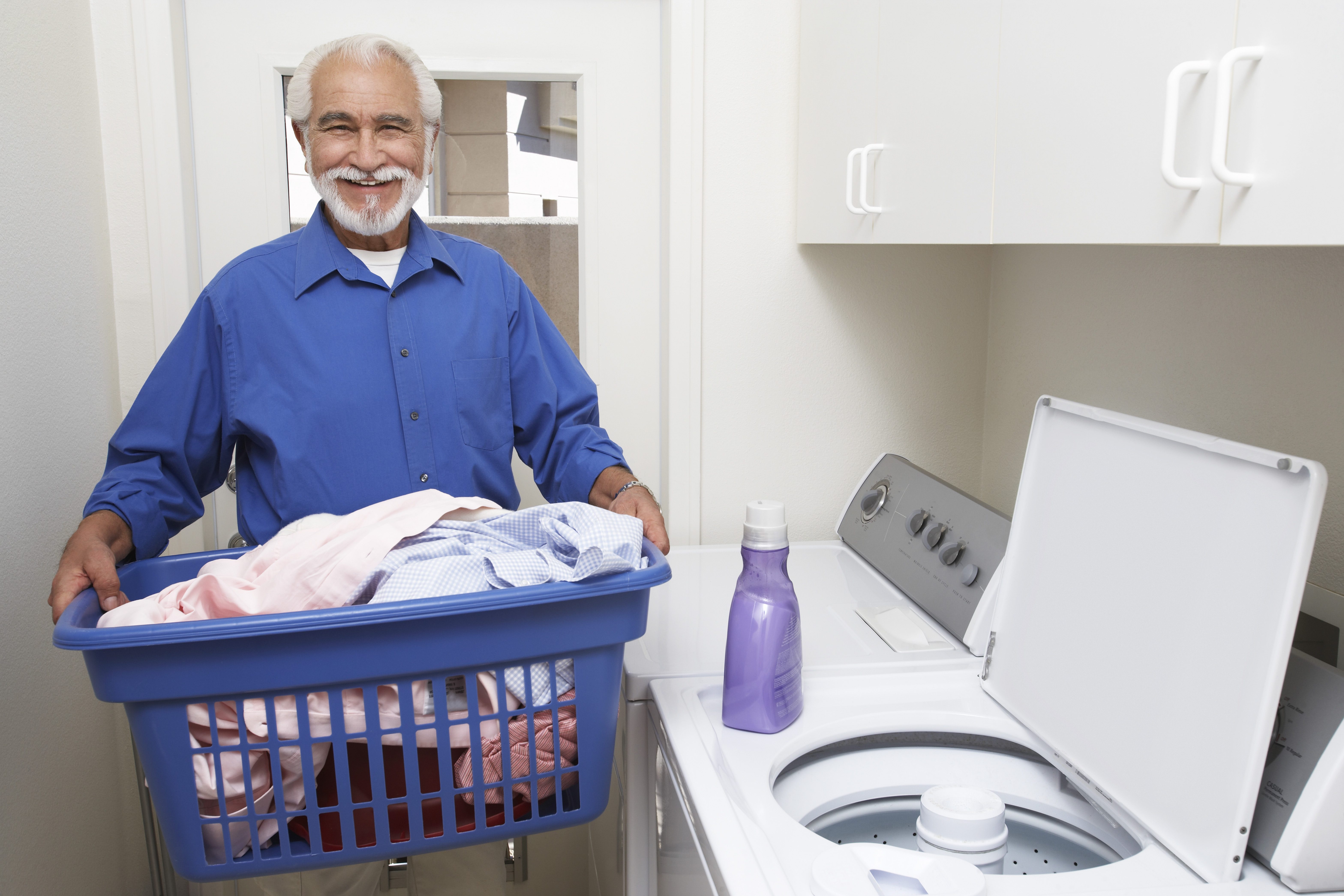
Have you received a call that your aging mom forgot to turn the stove off? Or did you notice on your last visit that dad’s mail has been piling up? These are just two signs that might indicate your parents are experiencing mental or physical changes. These changes may alter their way of independent living and it may be time to consider your home care options.
When things like this occur, it’s important for you, as the child, to pay close attention and to initiate a conversation with them. Remember, they have been independent for most of their lives. Therefore, they may not open up to you right away or at all. So, approach them respectfully, and listen more than you talk.
As our parents age and these changes begin to occur, it’s a good idea for you to understand the levels of in-home care. Then, if the time comes to get your parent assistance, you already have a good understanding of what the options are and won’t feel overwhelmed. To help you get a better understanding, we give you an in-depth overview of each type of care below.
Companion Care
Senior Living describes companion care services as primarily emotional support and companionship for seniors that want to remain independent at home. Those who get companion care do not need medical services or help with activities of daily living (ADLs). While a companion caregiver focuses on emotional support and socialization, they can also help with a variety of tasks such as:
- preparing meals
- transportation to appointments and social activities
- shopping
- running errands
- light housekeeping including washing clothes and dishes
- planning and scheduling appointments
- communicating with family members
Personal Care
Personal care offers all the same benefits of companion care and more. A client who is no longer able to do the activities of daily living (ADLs) may require personal care. Often times, they need just a little help and are not ready to go into an assisted living facility. When your loved one is assessed to determine if personal care is needed, the ability to do daily tasks such as bathing, dressing, going to the bathroom, ambulating, eating meals and handling incontinence issues will be evaluated. If someone is not able to do two of these activities without assistance, there is a real need for someone in the home to help with care.
For instance, someone who has had a stroke may not be able to effectively dress or bathe without some assistance. Another situation may be someone who lives with family that works during the day. They may need someone to help with using the bathroom or changing and cleaning undergarments throughout the day. Even if there is a family member that can help, it is always a good idea to give family caregivers an opportunity to have respite and days off for their own mental health. It is very important for family caregivers to practice self-care to be able to give to their loved one. A personal care aide often referred to as a home health aide, can help.
Now you have a better idea of the differences between companion and personal care. However, your loved one will still need to be evaluated. At Shepherd’s Staff In-home Care, we provide a free in-home evaluation and are devoted to providing you with the best caregivers in the industry. We have well trained, strong caregivers who share our core values to give your loved one the best possible care.

